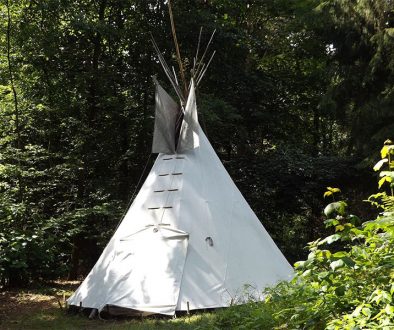Glamping Goes Global
Glamping as a type of holiday may have a spiritual home in the UK – it’s here that the term was first used in 2005 – but it has spread across the entire globe. The UK’s booming festival scene contributed a lot to the concept of glamping, as festival organisers capitalised on the attendance of more demographic groups, some of whom weren’t sold on the idea of sleeping on a thin mat in a mud-ridden nylon tent. As a holiday option it has been growing in popularity and is now often the first option for a short break or staycation.
With the increased availability of insulated and heated structures like shepherd’s huts and treehouses, glamping is also a year-round option in a way that bell tents just can’t compete with in terms of luxury facilities, and that’s what glamping is all about. It is this quirky yet high-end, luxury aspect of glamping that has seen it take off in East Asia.
Back in 2020 glamping accommodation was available in Singapore’s Jewel Shiseido Forest Valley and the Cloud9 Piazza at Changi airport. The kitted out bell tents offered stopover travellers and locals the chance to experience a night of indoor glamping, but were also available to hire for picnics if the thought of sleeping in an airport didn’t appeal. Now, glampsites are popping up all over rural China and Japan, offering a new style of vacation to the younger generation who may have been inspired by seeing the festival experiences of their western counterparts.
China is the most populous country in the world, so finding some space in nature is an impossible task for many residents, who may have to travel a long way to find a green space outside a built up area. It’s something we take for granted in the UK, blessed as we are with a long coastline and lots of undeveloped rural spaces, some of which are protected as National Parks. In China, however, the outdoors is not as easily accessible, and for a population used to living on the cutting edge of technology the thought of pitching a tent in the wilderness isn’t always that appealing.
Glamping offers the home comforts and technology that young Chinese people crave, while putting them back in touch with the natural world. Stargazing is one of the most popular activities, as the light pollution in cities means never seeing the stars. Hong Kong too is seeing an upturn in glamping bookings with a significant increase in first and repeat bookings at Saiyuen, a glamping and adventure park. This suggests that the experience is not only desirable, but one that bears repeating as a break from the busy, technology led life in a big city.
Japan is also seeing a glamping boom, and holidaymakers are similarly discerning when it comes to facilities, with air conditioning, electrical sockets and fridges expected as standard. The rise in glamping in these countries can be attributed in the main to the pandemic. Without the possibility of international travel, and with a huge decrease in the number of tourists traveling east, staycationing was the answer. The UK glamping industry experienced the same effect from the pandemic, although we’re yet to hear of a UK glampsite offering air conditioning in tents – something that might be needed with 30C weeks becoming more prevalent in the Summer time!
If you’re venturing abroad this year then why not try the glamping experience in different parts of the world? There are already lots of offerings in the US and Europe, and now holidays to East Asia can incorporate glamping in the stunning landscapes of China and Japan, mixed with the cutting edge experiences of technologically advanced cities.



